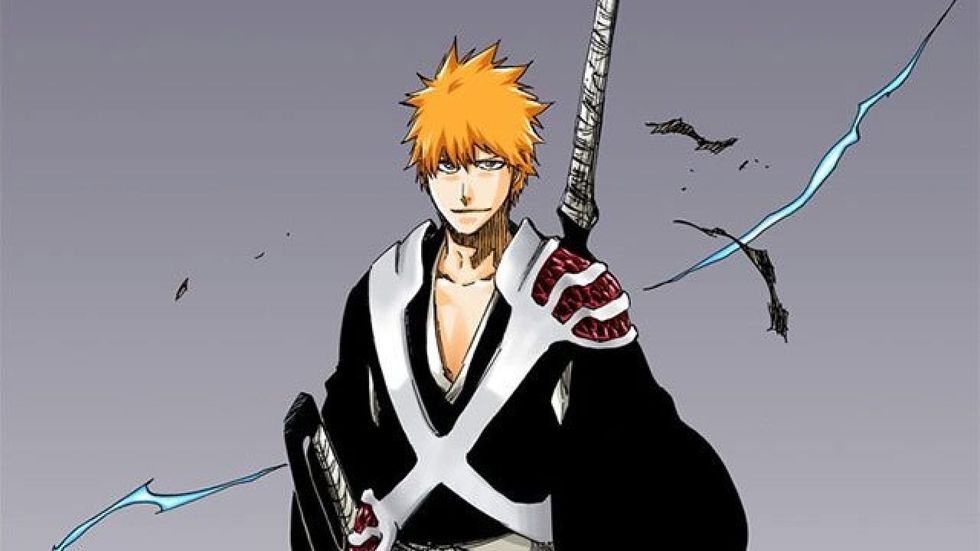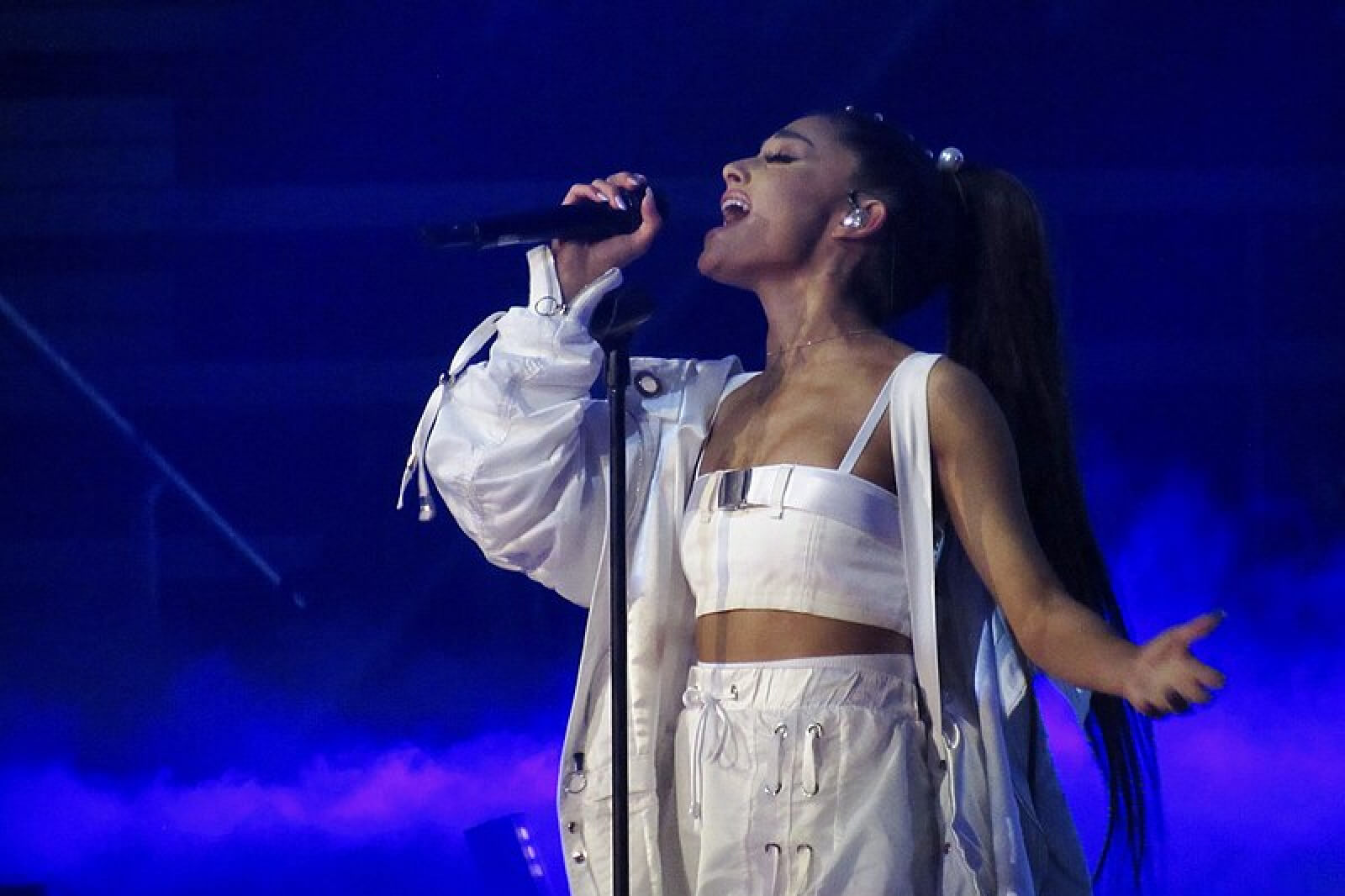Few anime series have had as depressing a trajectory as Bleach.
If you were an anime fan in the early-mid 2000s, three shonen series dominated the medium: One Piece, Naruto, and Bleach. In time, these series became known as “The Big Three”—a term encompassing everything from the massive length of their long-running stories to the size of their fanbases to their obvious influence on the culture surrounding anime.
One Piece, which is still running strong today, has gone on to become the top-selling manga series of all time, and also the third best-selling comic series overall (currently edging up on Batman’s number two position’s number two position). Naruto remained a flagship title through the end of its anime run in 2017, and then immediately spawned Boruto, a spin-off series following Naruto’s son. Bleach, by contrast, just kind of fizzled out, with the anime getting canceled in 2012 right before the final arc.
Bleach‘s cancellation was a blow from which its most loyal fans never truly recovered. But now, eight years later, the seemingly impossible is happening. Bleach‘s final arc, “Thousand-Year Blood War,” is getting an official adaptation. Moreover, so is Burn the Witch, a Bleach spin-off manga by series creator Tite Kubo. 2020 is quickly shaping up to be the year of Bleach‘s revival, but this begs the question: Why was the Bleach anime canceled in the first place?
To answer that, it’s important to understand how publication works in Weekly Shonen Jump, the Japanese manga magazine where all of these titles are serialized.
Unlike American comic series, which typically debut as single chapter comic books before being compiled into multi-chapter graphic novels, manga chapters usually debut in magazines. Of these manga magazines, Weekly Shonen Jump is the longest-running (since 1968), best-selling, and most prestigious. Success in Weekly Shonen Jump means taking a seat alongside global phenomena like Dragon Ball.
Perhaps the main reason that Weekly Shonen Jump has been so successful is its reliance on weekly “reader surveys” to determine which series people are most enjoying. As such, it’s not just hyper-competitive for manga artists to get their series published in the pages of Weekly Shonen Jump; it’s also hyper-competitive to continue being published in Weekly Shonen Jump. Any series that consistently performs poorly in reader surveys becomes more likely to get cut, as is currently happening to Naruto creator Masashi Kishimoto’s newest series, Samurai 8.
On the other side of the coin, any series that consistently hits the top of the reader surveys is encouraged to run for as long as possible. Thus, while many shorter series complete full runs while maintaining their status in the middle-ground of Weekly Shonen Jump‘s rankings, the goal is usually to create a top-ranking series that readers can stick with for years and years.
Unfortunately, the pressure to consistently create new story content for an indeterminate period of time doesn’t necessarily mesh well with every franchise. One Piece works incredibly well in the context of Weekly Shonen Jump, because its narrative impetus revolves around a pirate adventure, which means author Eiichiro Oda can spend as much time as he wants focusing on elaborate world-building and epic-scale battles. Naruto, too, succeeded in its ability to follow its heroic young ninja from childhood to adulthood, allowing him to grow up alongside the readers. But Bleach didn’t have the world-building of One Piece or the character development of Naruto.

What Bleach had was a whole lot of style. Following a teenager who gets shinigami (soul reaper) powers, Tite Kubo managed to create a world that felt edgier, more mature, more punk rock than its contemporaries. The series had an incredibly strong hook and a phenomenal first arc, too. After Ichigo Kurosaki becomes a shinigami, he learns that Rukia, his shinigami mentor who transferred her powers to him in order to save his family, has actually committed a cardinal sin according to the leaders of Soul Society (the shinigami world). As punishment for transferring her powers to a human, Rukia will be sentenced to death. This leaves Ichigo with the task of infiltrating Soul Society, defeating its most powerful captains and rescuing Rukia.
To this day, Bleach‘s Soul Society arc still holds up as one of the best shonen arcs of its genre. The tension is always palpable, and the battles are phenomenal. The problem, though, is that Kubo didn’t really seem to know what to do with the series afterwards. The characters in Bleach weren’t as strongly defined as the characters in One Piece and Naruto, and the world-building for Soul Society was never especially prominent. So Bleach tripled down on style, essentially repeating similar “rescue” arcs again and again with cool new villains who were, indeed, very stylish.
Sadly, style isn’t enough on its own to carry a long-running shonen for years and years. While the battles continued to be very cool, Bleach‘s plot started to feel weaker and emptier, especially compared to One Piece and Naruto, both of which seemed to have clear narrative arcs that had been set-up far in advance. Eventually, Bleach began falling in the Weekly Shonen Jump ranking. Its solo manga sales dwindled. And while Kubo was allowed to see his series through to completion, the anime was canceled before the manga ever even finished.
The most depressing thing about Bleach is that if it had been allowed to wrap up shortly after Soul Society, it might still be remembered as a phenomenal series instead of a series that fell from grace.
So then why is the Bleach anime returning now, eight years later, to finish its last leg? Maybe demand from Bleach‘s most dedicated fanbase has finally paid off. Or maybe with recent resurgence of Dragon Ball with Dragon Ball Super, Shueisha (Shonen Jump‘s parent company) thought that exposing a younger generation of anime fans to Bleach might result in a similar outcome.
Regardless, as a Bleach fan, this is incredibly exciting news. Even considering how the source material fell off the map, the Bleach anime always deserved a proper conclusion. Modern animation can do wonders, too. Just look at how the Demon Slayer anime turned a formerly middle-of-the-rankings franchise into the most popular new series in years. Let’s hope that Bleach‘s “Thousand-Year Blood War” arc will follow the same path.
- 19 Best Anime Series You Can Watch on Netflix – Popdust ›
- The Strangest Animes Ever – Popdust ›
- The Strangest Animes Ever – Popdust ›
- The Official Website for Bleach – VIZ ›
- Bleach To Launch Undisclosed 20th Anniversary Project | Grit Daily … ›
- Bleach – MyAnimeList.net ›
- Bleach is Back With a New 20th Anniversary Project! | Manga News … ›
- Bleach Is the Worst of the Best Shonen Anime | CBR ›
- Bleach Season 17 Release: Anime Return Status still Unconfirmed … ›
- BLEACH ANIME RETURNING 2020!? HUGE ANNOUNCEMENT … ›
- Bleach Thousand Year Blood War | Fanime Fan-made Anime Wiki … ›
- Bleach is getting a fan-made anime of its epic final arc ›
- Bleach Thousand-Year Blood War – Fan Anime – Home | Facebook ›
- Report: Bleach’s Thousand-Year Blood War story arc is getting an … ›
- Bleach 20th anniversary: Thousand-Year Blood War anime … ›
- Petition · Bleach Anime Return 2019 – 2020 · Change.org ›













